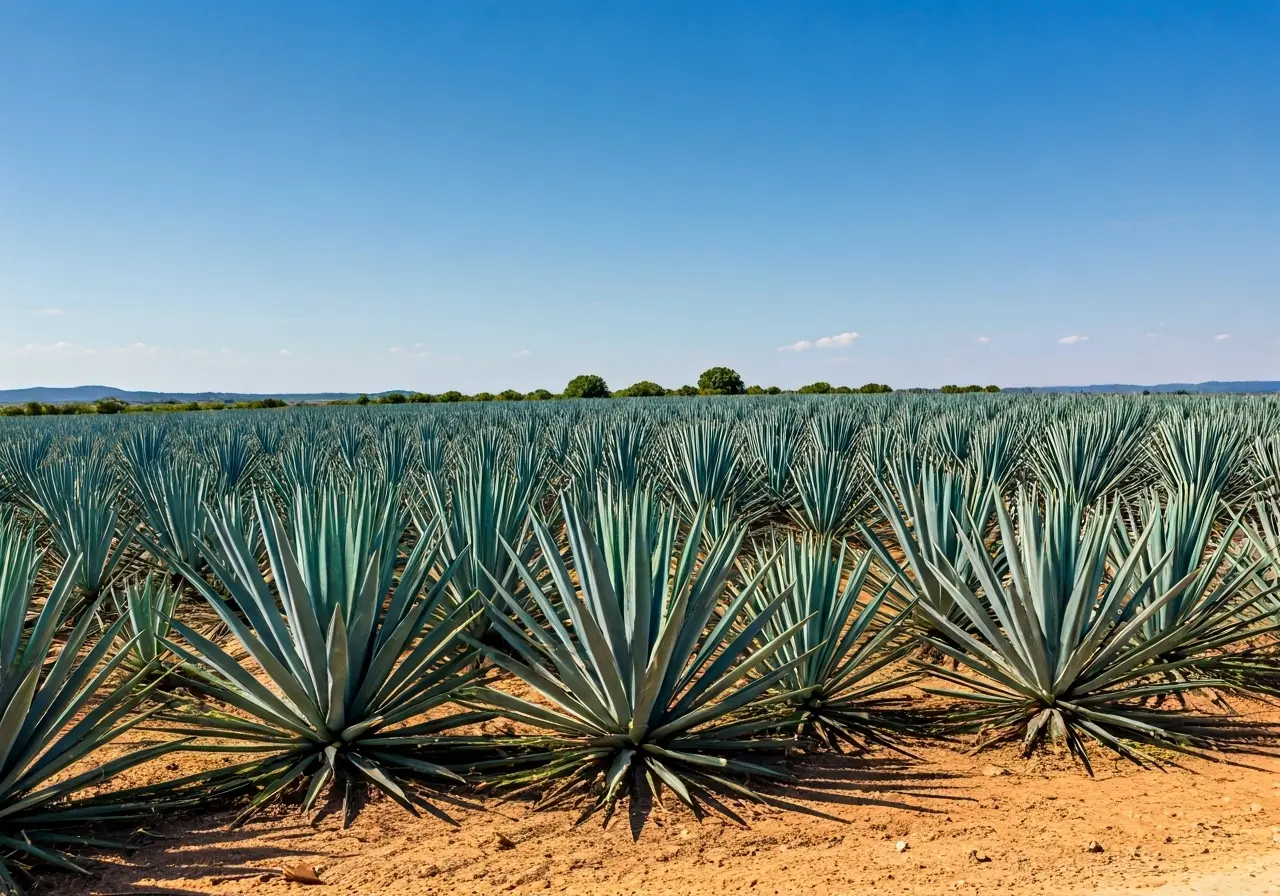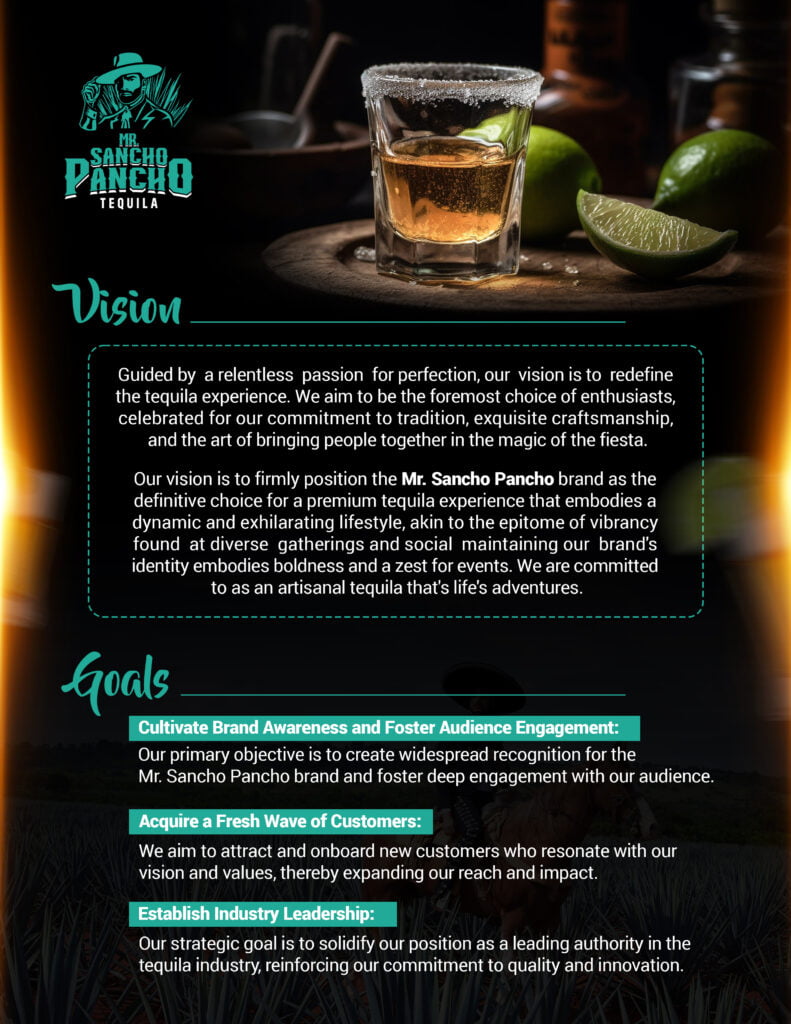Single estate tequila is a unique spirit that captures the essence of the land where it is produced. Unlike other types of tequila, each bottle tells a story of its origin, making it a favorite among tequila enthusiasts. In this FAQ blog, we’ll explore how single estate tequila is crafted, from the cultivation of agave to the bottling process.
What is Single Estate Tequila?
Single estate tequila is made entirely from agave plants grown on a single estate or plantation. This approach ensures consistency in flavor and quality, as all agaves share the same growing conditions, soil, and climate.
The concept of single estate tequila emphasizes a deep connection to terroir—the unique characteristics of the growing environment. This might sound similar to the idea of single-origin coffee or wine, where the distinctiveness of one location’s produce is celebrated. Similarly, single estate tequila captures the landscape’s influence, giving each batch a unique profile.
Understanding what sets single estate tequila apart requires appreciating its handcrafted nature. Unlike mass-produced tequila, this spirit is often harvested, fermented, and distilled with traditional methods, preserving its authentic character.
Why is Agave Selection Important?
Agave selection is crucial because it determines the flavor profile of the tequila. Single estate tequila producers often choose agaves that have been nurtured for 7 to 10 years, ensuring optimal sugar content and maturity.
Selecting the right agave is akin to choosing the best grapes for winemaking. The quality of the agave directly influences the sweetness and complexity of the eventual spirit. Since the plants mature over several years, they develop distinct characteristics that infuse the tequila with rich flavors.
It’s important to note that the soil and climate conditions drastically impact the maturation of agave plants. Producers carefully analyze these factors within their estates to guarantee that each agave plant is harvested at its peak.
How is the Agave Harvesting Process Conducted?
Once the agaves have matured, they are harvested by skilled jimadores who cut away the leaves to reveal the piña, or heart, of the plant. This is where the sugars are concentrated, forming the base for the tequila.
The craft of the jimador, or agave harvester, plays a pivotal role in the quality of single estate tequila. These artisans use traditional tools to carefully remove the agave leaves, a practice that has been passed down through generations.
Precision during harvest is essential. Each piña is inspected to ensure it has the right sugar concentration. This step is crucial for producing a spirit that’s both flavorful and true to its origins.
What is the Role of Fermentation and Distillation?
The harvested piñas are cooked to convert starches into sugars, then mashed and fermented to produce alcohol. Single estate tequila producers often use traditional methods, like open-air fermentation and copper pot distillation, to enhance nuanced flavors.
Traditional fermentation methods, often conducted in wooden vats, allow native yeast strains to influence the flavor profile. This natural fermentation imparts subtle characteristics that are unique to each tequila batch.
The distillation process, usually conducted in copper stills, refines the alcohol, concentrating its flavors. This stage ensures that the tequila retains the essence of the agave while eliminating impurities. Copper interacts with the spirit, eliminating sulfur compounds and enhancing the fruity and floral notes.
How Does Aging Affect the Flavor?
After distillation, the tequila is aged in oak barrels. The aging process imparts complex flavors and aromas, with single estate tequilas often showcasing notes of vanilla, caramel, and earthy undertones.
Aging is where the artistry of tequila-making really shines. Depending on the duration in the oak barrels, the tequila can develop different profiles, such as reposado, añejo, or extra añejo, each with its own distinct characteristics.
The type of oak used in the barrels can also influence the flavor. American or French oak, for instance, infuse the tequila with vanilla and spicy notes. The choice of wood and duration of aging adds layers of complexity to the final spirit.
What Makes Bottling and Labeling Unique?
Once the aging is complete, the tequila is bottled with care. Many single estate tequilas feature labels that highlight the estate origin, production date, and batch number, adding transparency and authenticity to each bottle.
Collectors and enthusiasts appreciate the detailed labeling, which not only offers information about the tequila’s origins but also signifies the artisanal approach to its production. Labels often include batch-specific details that make each bottle a unique piece of the estate’s history.
The bottling process is the final stage in ensuring the tequila’s integrity. By using high-quality materials and design, producers aim to protect the spirit’s flavor while also conveying the story of its creation.
In Conclusion
Single estate tequila offers a distinctive taste experience that reflects the craftsmanship and dedication of its producers. By understanding the meticulous process involved in its creation, you’ll gain a greater appreciation for this exquisite spirit. Whether you’re a seasoned aficionado or a curious newcomer, single estate tequila provides a taste of the terroir, encapsulating tradition and innovation in every sip. For more insights and to try our selection, visit our homepage.















